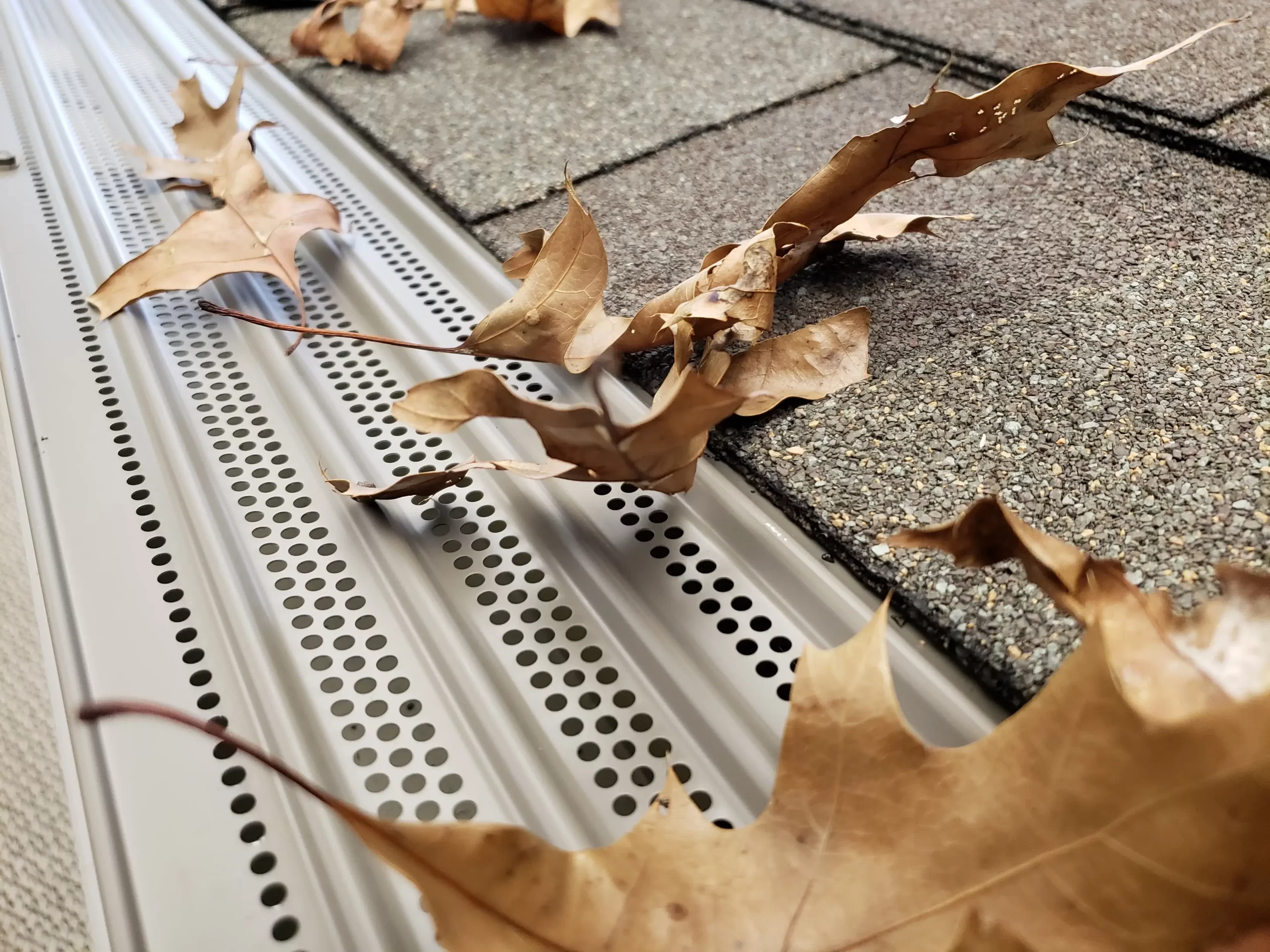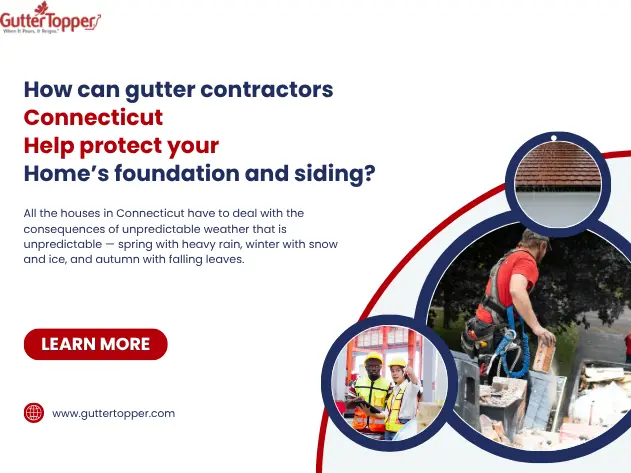Choosing the right gutter cover is crucial for roofing contractors. Gutter covers protect against debris, ensuring that rainwater flows smoothly through the drainage system. This helps prevent water damage and prolongs the life of the roofing structure. However, with various options available, selecting the most suitable gutter cover can be a challenging task.
Different types of gutter covers offer unique benefits, making them better suited for specific roofing needs. For instance, some covers are more effective at blocking large debris like leaves, while others are designed to handle smaller particles like pine needles. Understanding the specific requirements of each project is essential for making the right choice.
Additionally, factors such as the local climate, roof design, and material play a significant role in determining the best gutter cover. Effective installation and regular maintenance are also crucial for ensuring long-term performance. By considering these elements, roofing contractors can make informed decisions that enhance the quality and durability of their projects. This guide provides insights into selecting, installing, and maintaining the right gutter cover for any roofing scenario.
Understanding Different Types of Gutter Covers
Gutter covers come in various types, each designed to tackle specific issues associated with debris and weather conditions. One popular option is the Gutter Topper, which features a solid surface that allows water to flow over the edge while forcing leaves and larger debris to fall off. This type of cover is ideal for areas with heavy foliage.
Leaf Terminator is another effective type, designed with a mesh that keeps out larger debris but allows water to seep through. This design works well for environments with moderate leaf fall and mixed debris. The mesh helps ensure that small twigs and leaves do not clog the gutters, maintaining efficient water flow.
Needle Guard offers specialty coverage for roofs located near pine trees. Its unique design focuses on preventing pine needles from entering the gutters, which can be particularly challenging for standard covers. Pine needles are notorious for slipping through mesh, so having a cover specifically designed to address this can save time and reduce maintenance issues.
The Solution provides a versatile option for various debris types, combining elements of both solid and mesh covers. It balances the need to keep out large and small debris, making it suitable for diverse environments. Versatile Solution is a flexible option that can be adjusted to fit various roof styles and debris challenges, providing comprehensive protection for most needs.
Key Factors to Consider When Choosing Gutter Covers
When selecting gutter covers, several key factors should be evaluated to ensure the right fit for specific projects. One of the most important considerations is the local climate. In areas with heavy rainfall, choosing a cover like Gutter Topper, which handles large volumes of water, is crucial. Conversely, drier climates with less debris might benefit from a simpler, low-maintenance option.
Material compatibility is another critical factor. The gutter cover should match the material of the existing gutters and the roof. For instance, metal roofs with their tendency to expand and contract require durable gutter covers that can withstand these changes without warping. Asphalt roofs, on the other hand, might need covers that can easily fit beneath the shingles without causing damage.
Debris types also play a significant role in selecting the right cover. In regions with pine trees, a cover like Needle Guard that specifically addresses pine needles would be most effective. For mixed debris environments, Leaf Terminator or The Solution might offer the versatility needed to handle various types of debris.
Ease of installation and maintenance should not be overlooked. Choosing gutter covers that are straightforward to install and require minimal upkeep can save time and resources in the long run. Covers that offer easy access for cleaning, like those with a hinge design, allow for simple inspection and debris removal. By considering these key factors, roofing contractors can choose gutter covers that provide the best performance and longevity for their projects.
Matching Gutter Covers to Specific Roofing Needs
When choosing gutter covers, it\’s important to match them to the specific needs of the roof. Roof design, material, and environmental factors all influence the suitability of different gutter covers. For example, if you\’re dealing with a metal roof, you\’ll need covers that can handle the expansion and contraction of the material without warping. Covers like Leaf Terminator, known for its durability, might be particularly effective in this scenario.
Tile roofs require a careful approach because of the weight and fragility of the tiles. Gutter covers need to be sturdy yet light enough to prevent additional strain on the roof. Needle Guard, with its lightweight design, can be a great choice here, especially if pine needles are a concern.
Asphalt shingle roofs are common, and their compatibility with various types of gutter covers is generally high. The Solution offers a balance between filtering capacity and ease of installation, making it suitable for most shingle roofs. Additionally, complex roof designs with multiple angles and valleys may benefit from the Versatile Solution, which can adapt to different shapes and pitches.
Tips for Effective Gutter Cover Installation and Maintenance
Effective installation and maintenance of gutter covers are key to ensuring their long-term performance. Here are some essential tips:
- Accurate Measurements: Always double-check your measurements before cutting and installing gutter covers. Accurate measurements ensure a snug fit and optimal performance.
- Secure Fastening: Use high-quality fasteners like sturdy screws or clips to keep the gutter covers securely in place. Proper fastening prevents them from shifting or detaching during heavy rains or strong winds.
- Regular Inspections: Make it a habit to inspect the gutter covers regularly. Look for signs of wear and tear, such as rust or gaps, and perform necessary repairs promptly.
- Clean Surrounding Areas: Keep the roof and surrounding areas clear of debris. This reduces the amount of material that can clog the gutters and extends the life of the covers.
- Use Appropriate Tools: Ensure you have the right tools for installation and maintenance. Using professional-grade equipment improves efficiency and safety.
- Seasonal Maintenance: Depending on your climate, schedule maintenance before and after extreme weather conditions like heavy rains or snowfall. This ensures that the gutter covers remain effective year-round.
Conclusion
Choosing the right gutter cover is a critical task for roofing contractors. By understanding the different types available and considering key factors such as local climate, roof material, and specific debris challenges, you can make an informed decision that enhances the durability and functionality of your roofing projects. Matching the right cover to the roofing needs and practicing effective installation and maintenance are essential steps in providing quality service to your clients.
For professional guidance and top-quality gutter covers, reach out to Gutter Topper today. Our range of products, including Gutter Topper, Leaf Terminator, Needle Guard, The Solution, and Versatile Solution, are designed to meet various roofing needs and conditions. Visit our website to learn more and ensure your next project benefits from the best gutter protection available.




